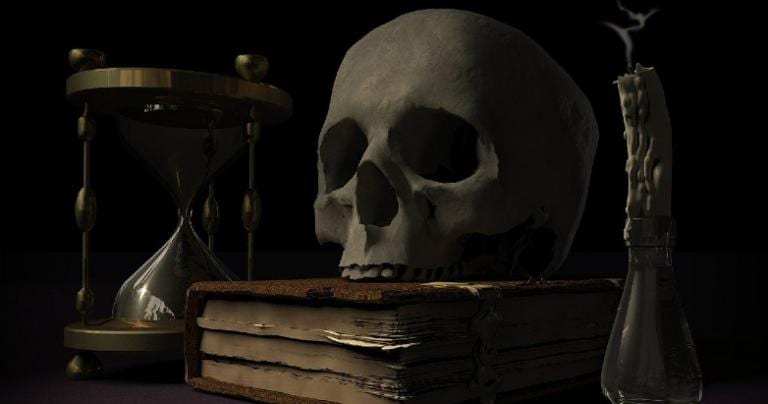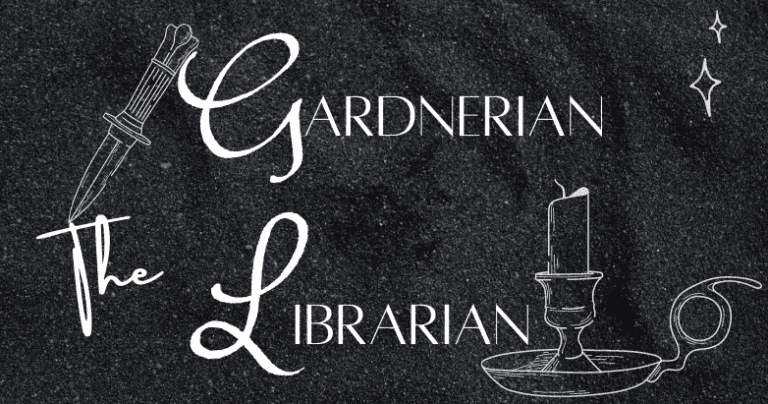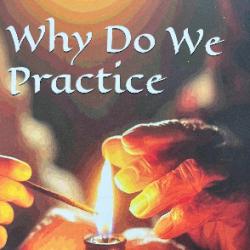In a post past, I wrote that I’d be exploring the different facets of the CRAAP Test. Today’s post will be dedicated to learning the first facet: “Currency” and its relationship to information. And before you get all excited about dollar bills, the currency I’m referring to has to do with time.
Why should we care about determining the currency of our sources? Because some of us are still using outdated sources of information to guide our beliefs and practices. And others of us are on the other side of the spectrum and don’t understand the inherent value of historical sources. Just because a source is “old” doesn’t make it bad. On the flip side, just because a source is “old” doesn’t make it better than newer stuff. Learn to evaluate your sources for what they are as a whole and not for one minor quality.
How to Determine Currency

You slice a book in half and count the rings to determine its age. I joke. I kid. This librarian is not encouraging the harm of innocent books. The ones that aren’t innocent, well…I might be absent from the library that day.
Determining a source’s timeliness requires a couple of steps:
1) Figure out WHEN the source was published. Proceed to Step 2.
2) Determine if this source contains up-to-date information on your subject. If NO, proceed to Step 3.
3) If the information is outdated, determine its use for potential historical context on your subject matter.
Let’s work through determining the currency of Gerald Gardner’s Witchcraft Today. Pretend that we have a physical copy of the book but don’t have ready access to the Internet or a smartphone. How can we figure out when the book was published? Inside every published book is a Title Page and Copyright Page. The Title Page always comes first and contains information such as: the full title and subtitle (obvi), the author or editors, and the publishing company. Sometimes the Title Page also contains the publication date and place of publication, but not always.
The Copyright Page contains information on when the title was published and any subsequent prints or editions of the book, where it was published (the literal town or city), and who designed the book cover and illustrations (if any). Additionally, this page contains library cataloging information and instructions or permissions related to copying information from the book.
Applying the above concepts, Witchcraft Today‘s Copyright Page states the book was first published in 1954 in Great Britain by Rider & Company. Note: reprints and subsequent editions will have newer publication dates but the original copyright date is 1954.
Boom. Step 1 done.
The Value of Currency
Okay, so now that we’ve figured out the age of Witchcraft Today, let’s consider its timeliness. It’s a nearly 70 year old source, for one. Remember, an old(er) source doesn’t mean it’s shitty, so we have to evaluate it in other ways. Let’s dig a little deeper and consider the sources on which Gardner likely based his book. I say “likely” because Gardner doesn’t actually list his sources anywhere in the book (red flag). Sometimes he mentioned an author but no title (red flag).
From reading the book, I can see influences from: The White Goddess (1948) by Robert Graves; The Witch-cult in Western Europe (1921) by Margaret Murray; The Golden Bough (1922) by James Frazer; Aradia, or Gospel of the Witches (1899) by Charles G. Leland; and, the Key of Solomon (mid-17th century). So, a book that was published in 1954 potentially based its information off of sources as new as 6 years and as old as a couple hundred years. The majority of the sources were older than 30 years, though. Yikes. Not a good sign.
Gardner’s writings echo theories put forth by Murray, particularly her thought that modern witchcraft was based on the practices of an ancient fertility witch-cult that pre-dated Christianity. Murray’s witch-cult hypothesis has long been debunked by her own contemporaries, though. I encourage you to research Margaret Murray’s hypothesis on your own, as well as criticisms of her work. Knowing that Murray’s work has been debunked and realizing that Gardner likely based his own work off of hers raises another red flag.
Witchcraft Today fails Step 2 from the section above. We’ll proceed to Step 3.
“Okay, but did you die (from reading Witchcraft Today)?”

Nah. I, and countless others, survived reading Witchcraft Today despite the lack of good editing and its plentiful tangents. We deserve t-shirts.
It’s important to remember that Gardner, like Murray, was a product of his time. However, this does not excuse his poor research practices (or hers!). There were other works published during Gardner’s time that did not posit bunk theories in favor of wishful thinking. Keep in mind that Gardner chose to use those sources. He likely did this because those sources fit his desire to be connected to something ancient and unaltered by time.
There are some people who are super obsessed with basing their practices off the oldest shit they can find. They do this because it makes them feel that their practices are legitimated. Legitimacy is determined, with evidence, through logic and justification of claims. Murray’s theories were not legitimate because there was no evidence to back her claims – then or now. Gardner was too wrapped up in his own passion for witchcraft to care. Don’t be as careless in your own Craft, my friends.
“So, then what’s the value of Witchcraft Today?”
The value is in realizing that without Witchcraft Today, we wouldn’t have Wicca or the modern pagan movement. Gardner opened the door for us with that book, y’all, even if the information inside is mostly fantasy or bunk history. So, while I wouldn’t go around basing personally held facts or writings on that book as a source of information, I can still appreciate what it represents as a game-changer. That’s its value. That’s its currency.
Read about my thoughts on whether or not Gardnerian Wicca is outdated: Gardnerian Wicca: Outdated and Debunked?
Follow me on Instagram @thegardnerianlibrarian !
Listen to Jason Mankey’s interview of me on Witches, Whisky, & Wit! Also, just listen to his podcast because it’s good. Jason is hilarious, per usual, and is an excellent conversationalist.


















